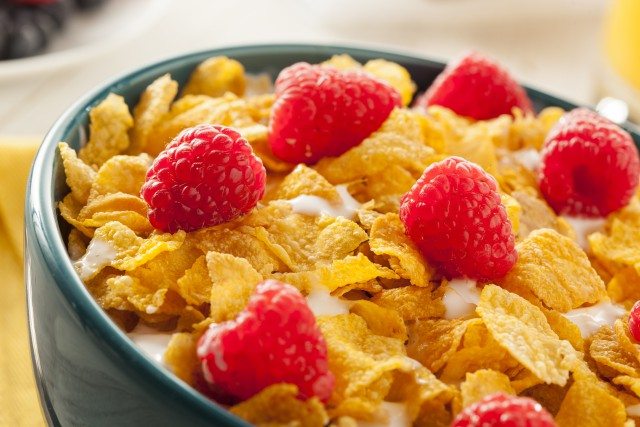Mintel finds 43% of US cereal consumers eat cereal as a snack at home, ranking as the second most common reason to consume cereal, aside from breakfast (89%).
Some 17% say they have cereal as a snack away from home and 10% enjoy cereal on the go.
Specifically, 56% of Millennials (aged 23-40) say they have eaten cereal as a snack at home, compared to 32% of Baby Boomers (aged 53-71).
Meanwhile, the iGeneration (aged 18-22) are the most likely cohort (21%) to enjoy cereal on the go.
While 74% of cereal consumers agreeing that cereal is great for a snack, 14% say they buy single-serving varieties.
Packaging innovation may be a key opportunity as 40% agree that cereals should be more portable.
“Many consumers view cereal as a guilt-free treat, suggesting that a bowl of cereal could be positioned as just as satisfying as, but more sensible than, other more dessert-like options,” said John Owen, senior food and drink analyst.
“Positioning cereal as an anytime, tasty snack could be a way to tap into the belief that cereal is a permissible indulgence.”
As more consumers prioritize quick, healthy, portable breakfast foods, the cereal category continues to decline.
Total US sales of hot and cold cereal have declined 9% since 2012 to reach an estimated US$10.5 billion in 2017.
Cold cereal, which makes up 87% of the market, has seen sales decline 11% percent in the last five years, with sales estimated to reach US$9.1 billion in 2017.
Meanwhile, sales of hot cereal (13% market share) are forecast to reach $1.3 billion this year.
“While cereal remains a ubiquitous presence in American pantries, sales are forecast to continue on a downward slide as consumers gravitate toward a widening array of breakfast alternatives seen as more filling, nutritious and convenient, such as yogurt, bars, frozen breakfast entrees and handhelds,” said Owen.










